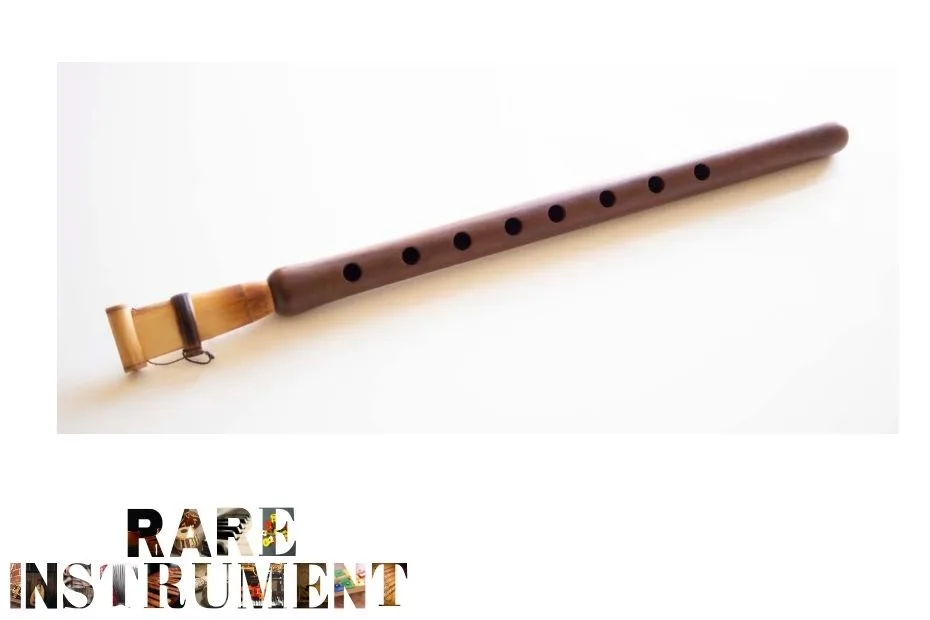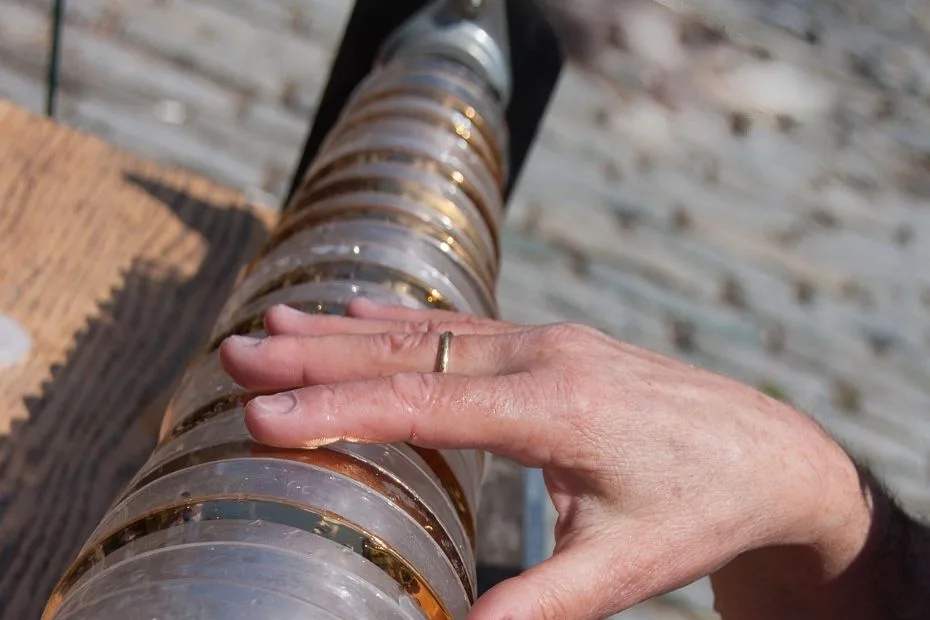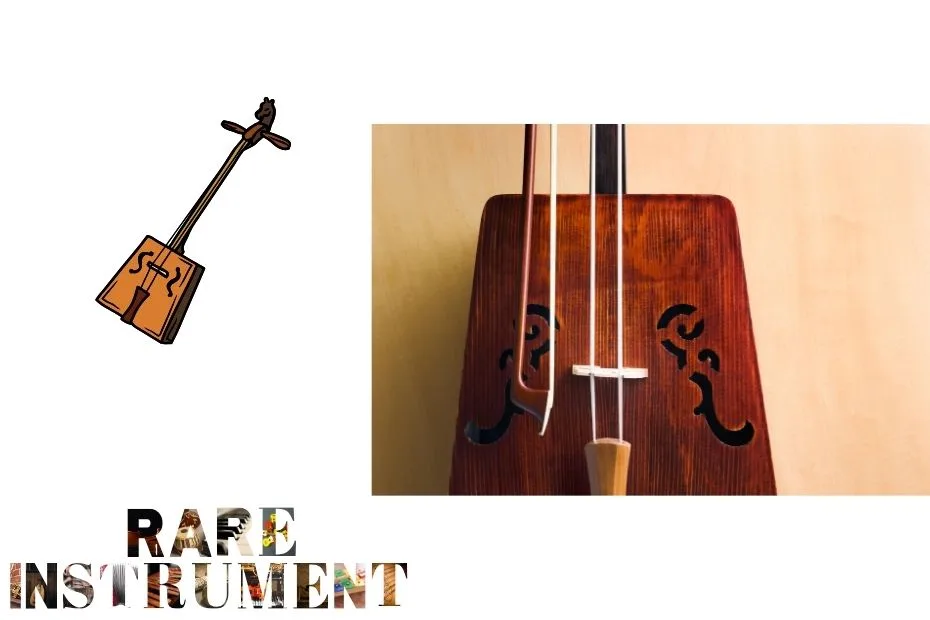Apricot Wood, Human Breath: The Armenian Duduk’s Intimate Voice
| Primary Name | Duduk (Armenian oboe) |
|---|---|
| Instrument Family | Double-reed aerophone |
| Materials | Apricot-wood tube; wide cane reed (ghamish/yegheg) |
| Ensemble Practice | Melody duduk + drone duduk (dam); frame drum in some regions |
| Dimensions | Common lengths ~28–40 cm; bore/reed width define its mellow signature |
| Safeguarding | Inscribed on UNESCO’s Representative List of the Intangible Cultural Heritage of Humanity |
| Notable Artists | Djivan Gasparyan; Gevorg Dabaghyan; many film and TV scores feature solo duduk |
Roots and Living Tradition
The duduk’s repertoire embraces weddings, commemorations, lullabies, and contemplative song across Armenia and its diaspora. Craft knowledge—wood selection, reed scraping, binding—travels through families and workshops. That constellation of music-making, making-by-hand, and communal function underpins international recognition and teaching networks today.
Soundworld and Ensemble Roles
The instrument’s cylindrical bore and large reed yield a pillow-soft attack and warm low midrange—think alto singer close to the mic. A second player sustains the dam drone, giving the melody a stable harmonic canvas. This pairing shapes phrasing: lines lean into the drone at cadences, then bloom outward with microtonal color that reflects regional modes.
Technique Essentials
- Embouchure: Relaxed lips with gentle damping; subtle jaw motion for organic vibrato.
- Breathing: Long phrases favor diaphragmatic support; circular breathing appears in some schools but is not mandatory when a dedicated drone player is present.
- Ornament: Grace notes, slides, and pitch shading enrich relatively simple melodic frameworks.
Contemporary Crossovers
Producers prize the duduk for its instant emotional clarity. Layer it over strings for historical drama or with synth pads for ambient textures. In chamber settings, it pairs elegantly with harp, cello, and choir, where its formants sit just beneath soprano space.
Care and Studio Notes
- Reeds: Keep multiple reeds at different break-in stages; store ventilated to avoid warping.
- Tuning: Warm the instrument; small temperature shifts move pitch more than you might expect.
- Recording: Place a large-diaphragm condenser slightly off-axis to reduce reed hiss; gentle low-pass at ~12 kHz adds period softness.
Terminology
- Ghamish/Yegheg: The wide duduk reed and its cane source.
- Dam: Sustained drone part, usually performed by a second duduk.
- Modal inflection: Microtonal shadings characteristic of regional styles.



